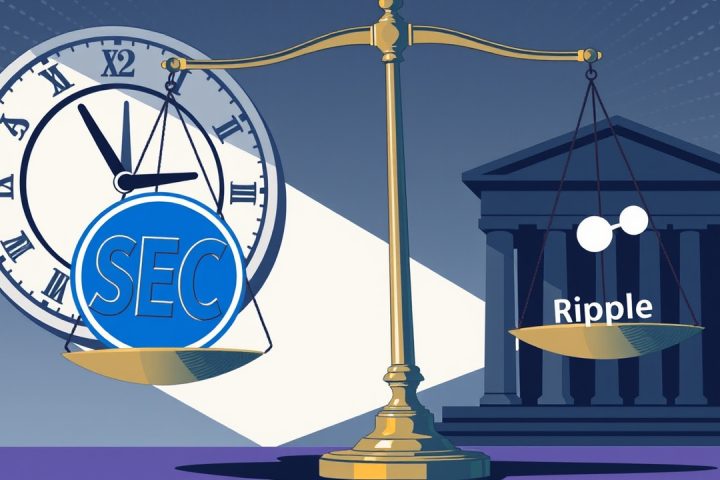Introduction to Stablecoins and Regulatory Changes
In response to the emergence of favorable regulatory conditions, numerous major firms have announced their intentions to explore the stablecoin sector, marking a shift in perception around it. Once associated mainly with cryptocurrency scandals—such as money laundering and cybercrime—stablecoins are rapidly becoming a focal point for both the crypto industry and conventional financial markets.
Significant Developments in Cross-Border Payments
A significant turning point occurred on June 22, 2025, when the People’s Bank of China and the Hong Kong Monetary Authority launched a new cross-border payment channel. This initiative effectively dismantled the institutional barriers between Hong Kong and mainland China, enabling consumers to experience swift and cost-effective small transfer payments.
Given the user-friendly nature of this new payment avenue, questions arise around the necessity of stablecoins. In this context, it is essential to clarify what stablecoins are. Simply put, these are a form of cryptocurrency issued by specific organizations or individuals, with a country’s legal tender serving as their backing asset. Unlike cryptocurrencies like Bitcoin and Ethereum, stablecoins are characterized by their price stability and transparency, making them useful as a medium of exchange or a valuation benchmark in the digital economy.
Comparison of Payment Mechanisms
On the other hand, the newly introduced Cross-border Payment Pass merges the Mainland’s interbank online payment system with Hong Kong’s Fast Payment System, allowing users to make low-cost cross-regional fund transfers. Transfers that previously took hours can now be executed in seconds without the hassle of currency conversion, significantly cutting transaction costs.
At this stage, however, stablecoins remain in the testing phase in Hong Kong, with no successful issuers emerging from the regulatory sandbox as of yet. Meanwhile, the Cross-border Payment Pass has already provided tangible benefits to users, leading many to ponder the distinctions and similarities between these two forms of payment mechanisms.
While both stablecoins and the Cross-border Payment Pass serve as payment tools, their core attributes and future applications are quite different. Stablecoins, representing a specialized form of non-legal currency, are designed to function as a general equivalent, while the Cross-border Payment Pass operates within the existing legal currency system to facilitate regional payments. Thus, they should be seen as complementary rather than competitive, with potential overlaps in certain application scenarios.
Regulatory Framework and Future of Stablecoins
It is important to note that there are currently caps on remittances through the Cross-border Payment Pass service. Transfers from Hong Kong to mainland China are limited to HK$10,000 per person per day, with an annual cap of HK$200,000 per bank. Conversely, individuals transferring from the mainland to Hong Kong are subject to an annual foreign exchange purchase limit of US$50,000.
Regarding the status of stablecoins, the entities currently testing in Hong Kong’s regulatory sandbox are exploring various applications, such as the collaboration between Animoca Brands, Standard Chartered Bank, and Hong Kong Telecom, which has focused on stablecoins pegged to the Hong Kong dollar. As regulatory frameworks are expected to tighten with the implementation of the Hong Kong Special Administrative Region’s Stablecoin Ordinance on August 1, potential issuers are advised to prepare for rigorous licensing processes.
The Hong Kong Monetary Authority (HKMA) plans to issue only a limited number of licenses—potentially in single digits—and will evaluate applicants based on their capabilities and long-term infrastructure investments rather than merely on a first-come, first-served basis. The HKMA emphasizes that stablecoins are intended primarily as payment instruments leveraging blockchain technology, devoid of speculation or investment appeal.
As the regulatory landscape evolves, prospective applicants are advised to refer to the Global Regulatory Framework for Crypto-Asset Activities, established by the Financial Stability Board under the G20, which serves as a foundational compliance model. The impending licensing process will be gradual, and strong, reliable applications may have an opportunity to emerge later, even if they enter the race later than others. Therefore, those interested in stablecoin licensing should stay vigilant and informed, as specific guidelines from the HKMA are still under development.




